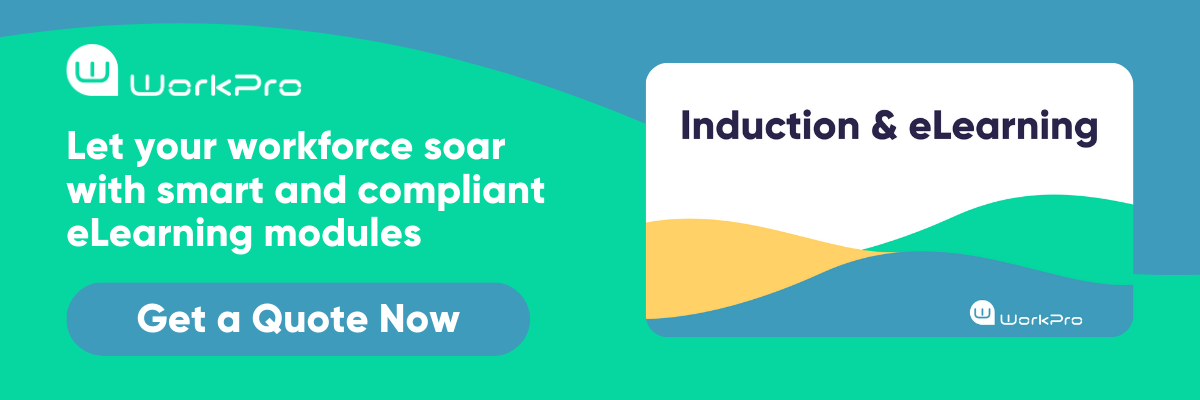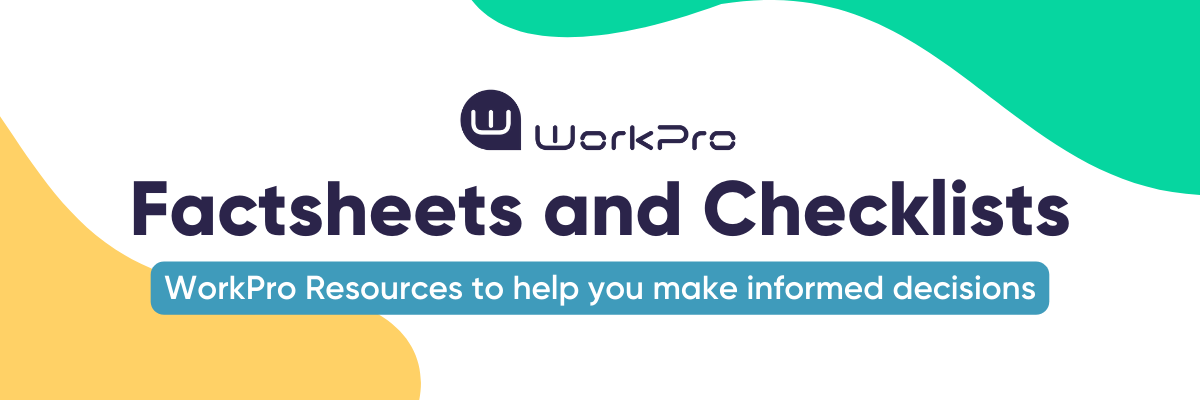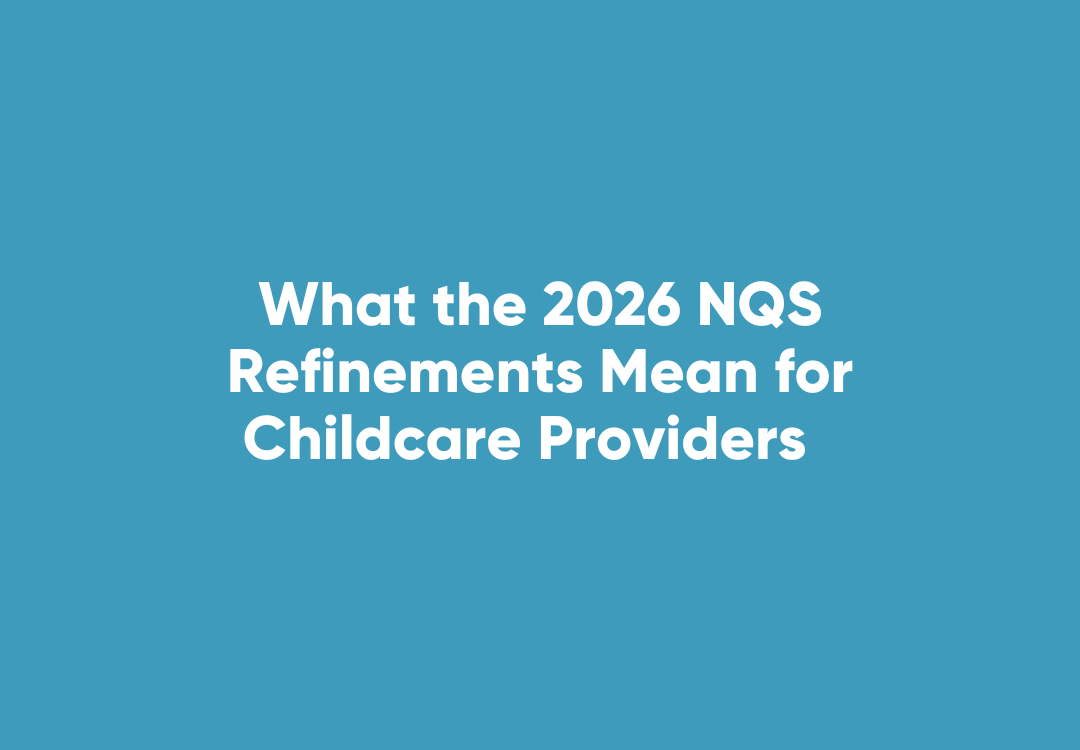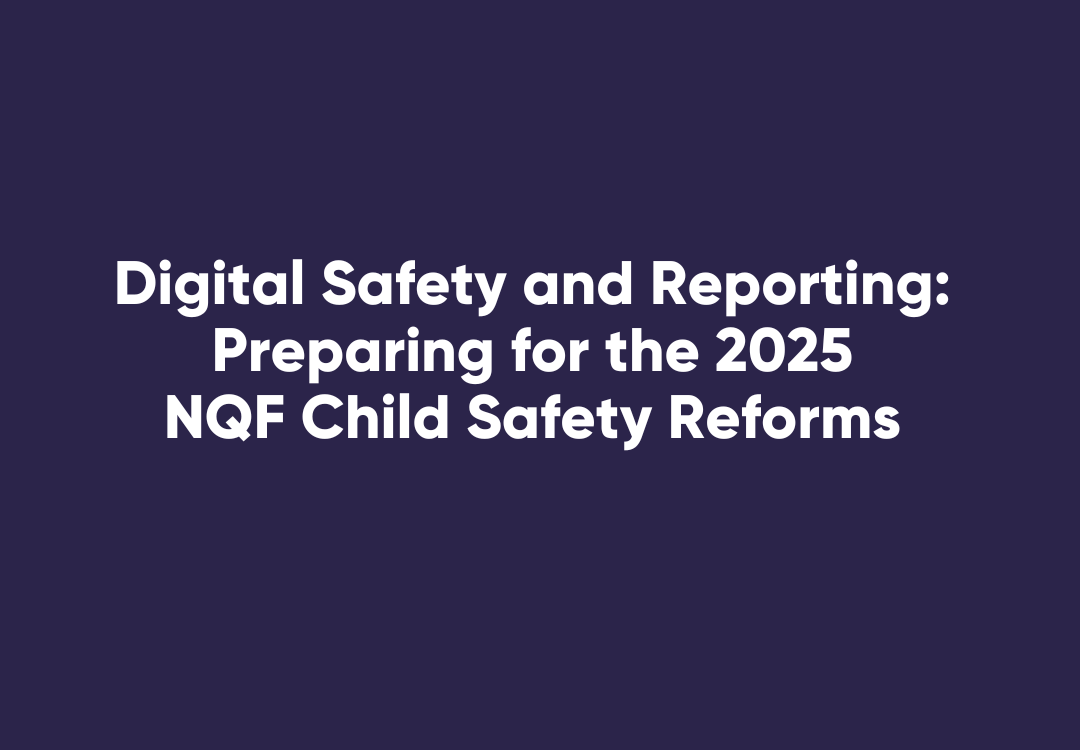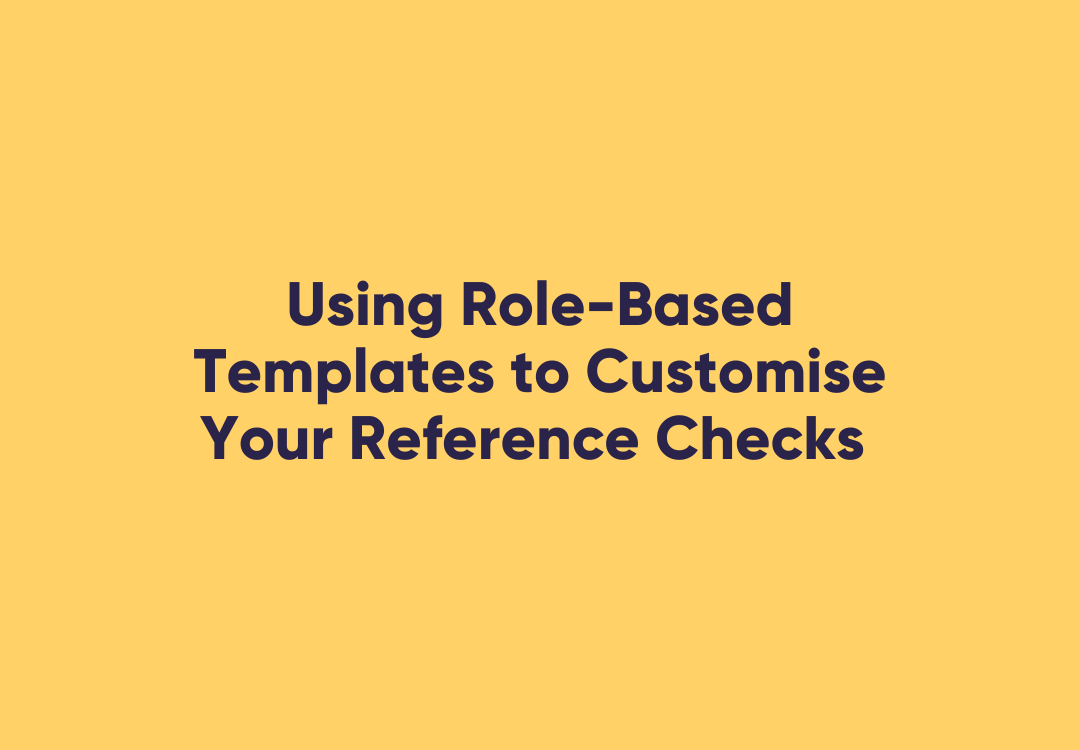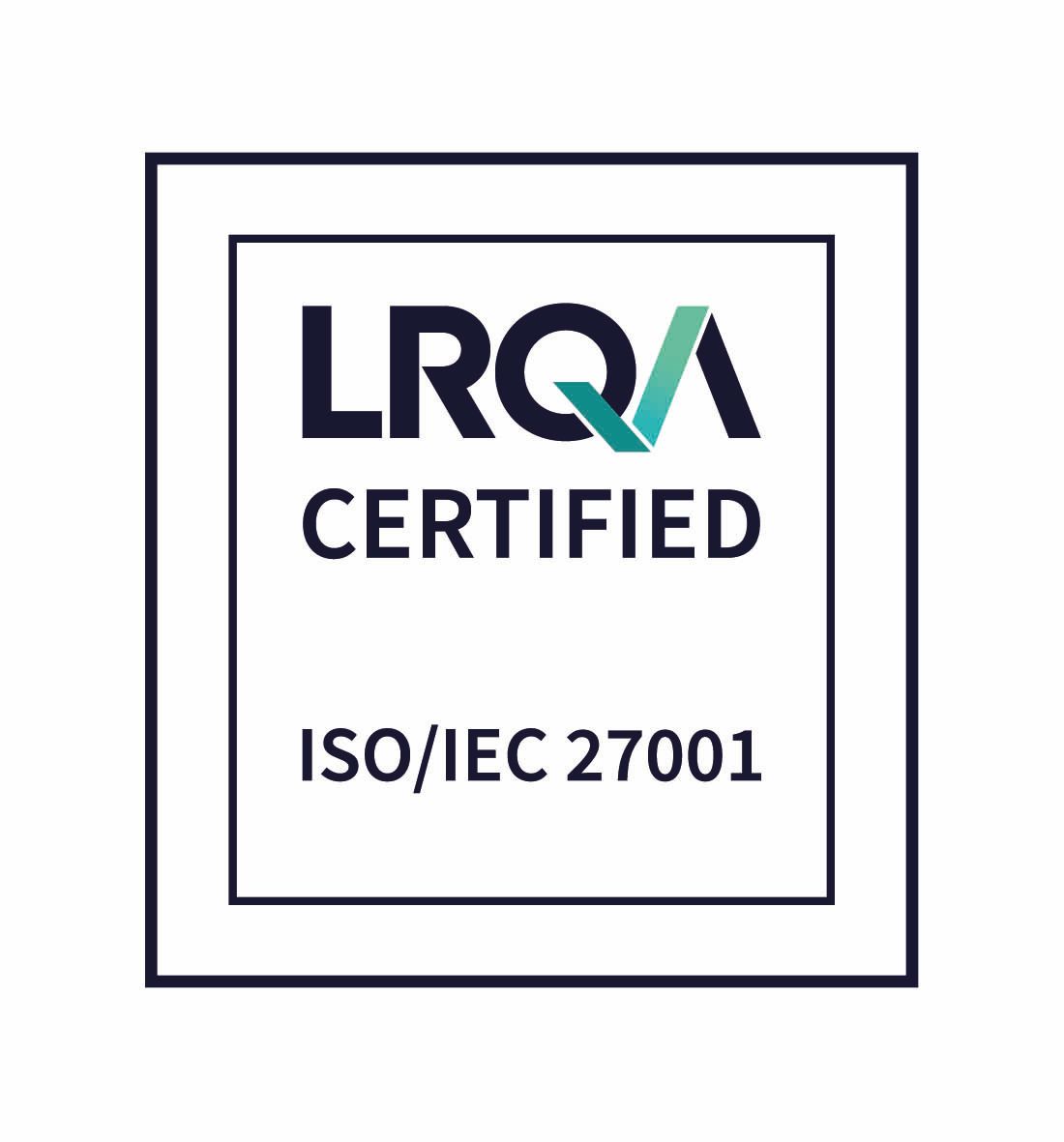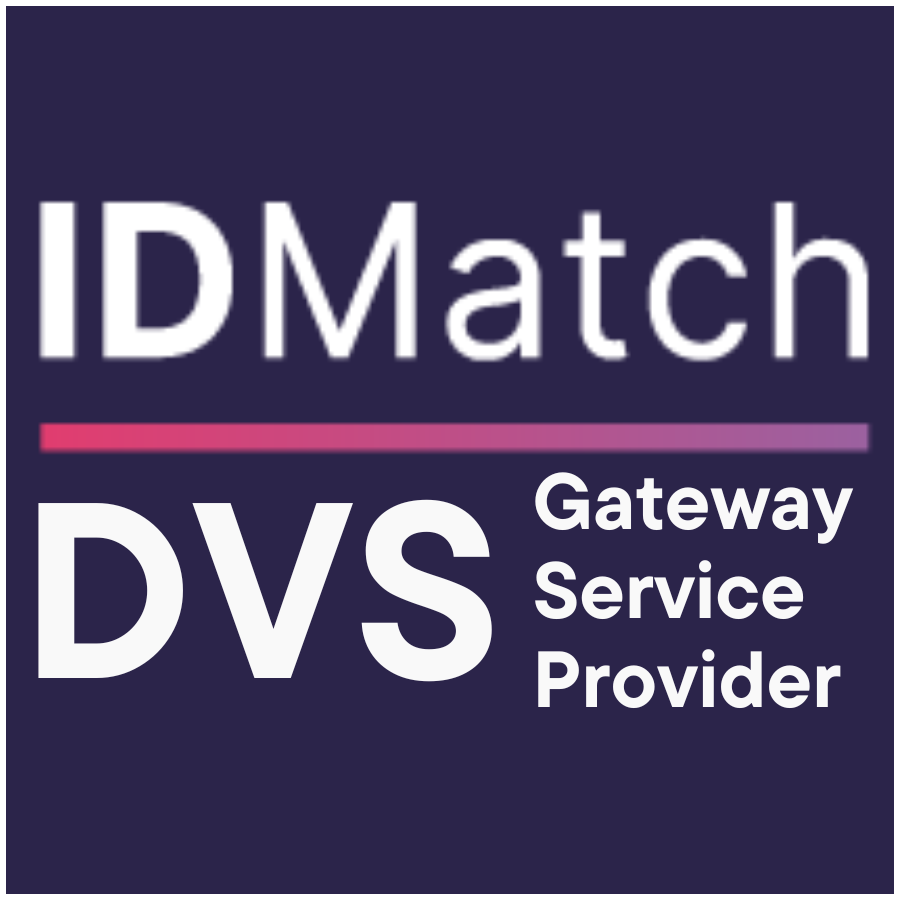Are Freelancers Part of Your Work Health & Safety Program?
A recent survey highlights freelancing as the largest part of the independent contractor workforce.
The study of 1,049 respondents from the online work marketplace Elance-oDesk found the number of individuals within Australia who qualify as a freelancing worker has reached 30 per cent.
Extrapolated out nationally, this represents 3.7 million workers.
Independent contractors made up the largest chunk of these workers, representing 37 per cent of total freelancers, or almost 1.3 million individuals.
To highlight certain points about this workforce:
- Elance-oDesk estimates Australia’s freelancers contribute more than $51 billion to the country’s economy.
- Younger workers have taken a particular interest in the possibility of freelancing, with over a third of those under the age of 25 freelancing, compared to only 25 per cent of the total population.
- The freelancer workforce is made up of:
- moonlighters, commonly known as professionals with a primary, traditional job who also moonlight doing freelance work
- diversified workers – people with multiple sources of income from a mix of traditional employers and freelance work.
- temporary workers – individuals with a single employer, client, job or contract project where their status is temporary.
- business owners, a business owner with between one and five employees who consider themselves both a freelancer and a business owner.
With freelancers appearing to be not just a growing market trend but a specific work segment, companies and in fact the freelancers themselves need to be aware of the health and safety requirements that come with these workers and understand that the company that engages the individual does have a safety obligation to them.
Coupled with the complexity of them working remotely, and you do need to have a robust program in place to cater for this sector.
And be careful, you still have an obligation if the worker is engaged via a recruitment company.
A good place to help you to appreciate and understand where freelancers fit in to your obligations as an employer, download our Independent Contractor e-book.
Additionally, part of your safe system of work is the delivery of work health and safety education/ information/induction to these individuals, and an audit of their work environment to ensure it meets your company’s standard.
WorkPro offers a comprehensive practical library of work health and safety inductions, and in fact, a specific working alone safety module that you may be interested in exploring, and a ‘at home’ checklist that you may like to consider as part of your audit requirements.


